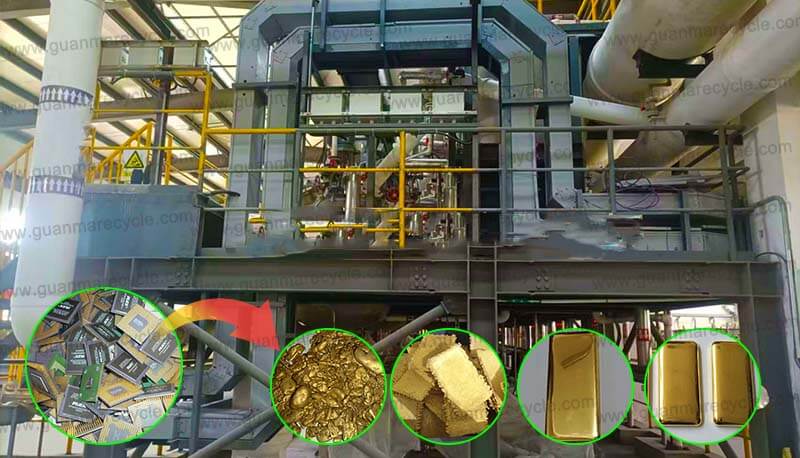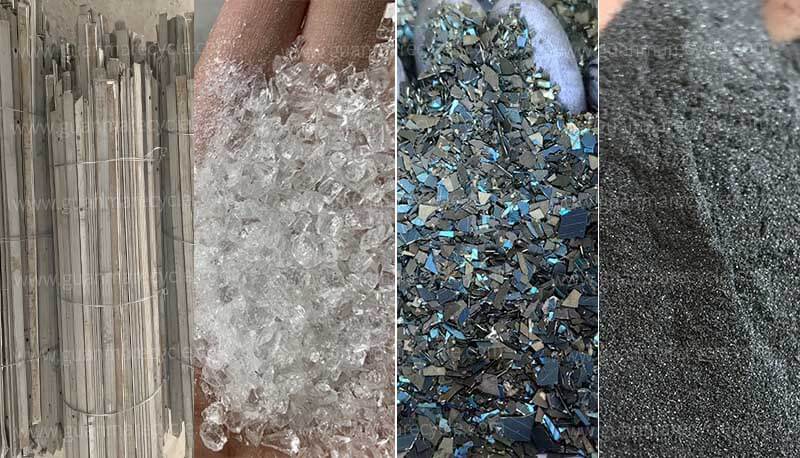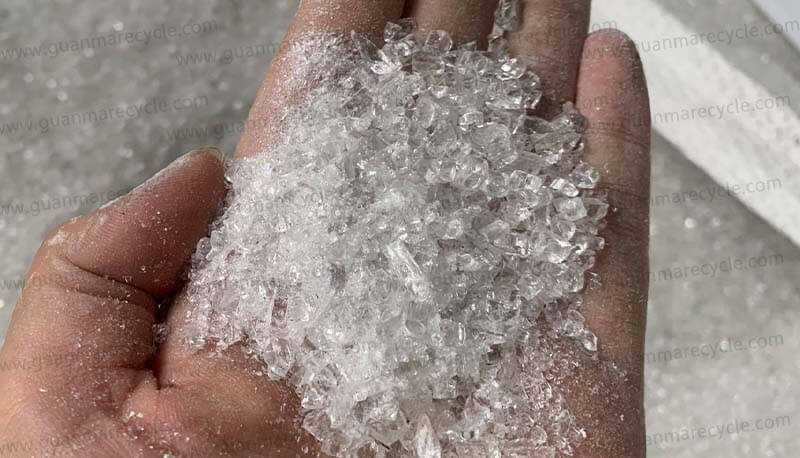Introduction
In this post, we explore the various aspects of electrolytic refining equipment in Kenya, how it works, and its growing impact on the mining sector.
What is Electrolytic Refining Equipment?
Electrolytic refining is a process that uses electrical current to separate and purify metals from ores or alloys. In simple terms, it is a technique where metal ions from a metal ore are transferred to an electrode under the influence of an electric current. This method is highly effective in purifying metals like copper, gold, silver, and other valuable minerals, ensuring that they meet industry standards.
Electrolytic refining is typically employed in the production of high-purity metals, and it is preferred because it offers advantages such as:
- High purity of the refined metals.
- Reduced energy consumption compared to traditional refining methods.
- The ability to process large quantities of material efficiently.
Kenya’s Mining Industry and the Role of Electrolytic Refining
Kenya has vast mineral resources, including gold, copper, and titanium, which are found in different parts of the country. As the global demand for these minerals rises, Kenya has turned to advanced mining technologies to maximize its resource potential. One such technology is electrolytic refining equipment, which is increasingly being used in Kenyan mining operations.
Electrolytic refining is already a proven method in many countries, and its adoption in Kenya has been crucial in improving the overall efficiency of mining operations. By investing in cutting-edge electrolytic refining equipment, Kenya aims to increase its production capacity and refine metals to meet international standards, making its mineral exports more competitive in the global market.
Benefits of Electrolytic Refining Equipment in Kenya
The adoption of electrolytic refining equipment in Kenya offers several significant advantages:
- Improved Metal Purity: Electrolytic refining is one of the most efficient methods of producing high-purity metals. This is especially important for Kenya, which exports refined metals for use in electronics, jewelry, and other high-tech industries.
- Cost-Effectiveness: While the initial investment in electrolytic refining equipment may be high, it offers long-term savings. This is due to its energy efficiency, reduced labor costs, and the ability to process large volumes of material without compromising quality.
- Environmental Impact: Unlike some traditional refining methods, electrolytic refining reduces harmful emissions and minimizes waste. This makes it a more sustainable option for Kenya, where environmental concerns are gaining attention.
- Job Creation and Economic Growth: The introduction of new technologies like electrolytic refining equipment has the potential to create jobs in Kenya’s mining sector. This not only strengthens the local economy but also supports the growth of related industries like manufacturing and logistics.
- Better Resource Utilization: Electrolytic refining equipment allows for a more efficient extraction of valuable metals from ores, ensuring that Kenya’s mineral resources are fully utilized.

Gold Refining and Extraction Equipment
How Does Electrolytic Refining Equipment Work?
Electrolytic refining involves placing a metal ore or alloy in an electrolyte solution, typically a solution of acids or salts. The equipment consists of an electrolytic cell with two electrodes – an anode and a cathode. The anode is made of the impure metal (e.g., copper), and the cathode is where the refined metal is deposited.
When an electric current is passed through the electrolyte solution, metal ions from the anode are dissolved into the solution and then migrate toward the cathode, where they are deposited as pure metal. The process continues until the anode has been completely dissolved, leaving behind pure metal at the cathode.
This process can be used for a wide range of metals, including copper, gold, and silver, which are of particular interest in Kenya due to the country’s vast mineral reserves.
Types of Electrolytic Refining Equipment Used in Kenya
Kenya’s mining sector employs various types of electrolytic refining equipment, each suited for different metals and purposes:
- Copper Electrolytic Refining Equipment: Copper is one of the most important metals produced in Kenya. Copper refining in Kenya is done using electrolytic refining technology, which helps remove impurities such as iron, nickel, and sulfur, ensuring high-quality copper for export.
- Gold Electrolytic Refining Equipment: Gold refining is another critical sector in Kenya’s mining industry. Electrolytic refining equipment allows for the production of gold with purities of up to 99.99%, which meets the highest industry standards.
- Silver Electrolytic Refining Equipment: Silver refining is also an essential part of Kenya’s mining activities. Electrolytic refining allows for precise control over the purity of silver, making it ideal for use in jewelry, electronics, and other industrial applications.
- Other Metals: In addition to copper, gold, and silver, electrolytic refining is also used for refining other valuable metals found in Kenya, such as platinum and palladium.
Future Prospects for Electrolytic Refining in Kenya
Looking ahead, the future of electrolytic refining in Kenya appears promising. With the increasing global demand for refined metals, especially copper, gold, and silver, Kenya’s mining industry is well-positioned to benefit from advanced refining technologies.
Conclusion
Electrolytic refining equipment is playing a crucial role in transforming Kenya’s mining industry. By enhancing the purity of metals, reducing environmental impact, and driving economic growth, this technology is positioning Kenya as a competitive player in the global mineral market.


